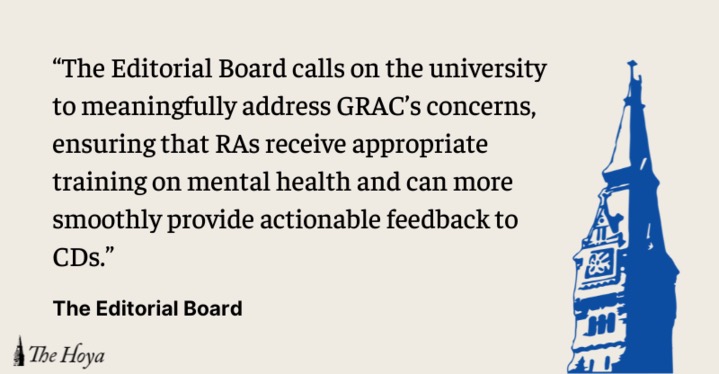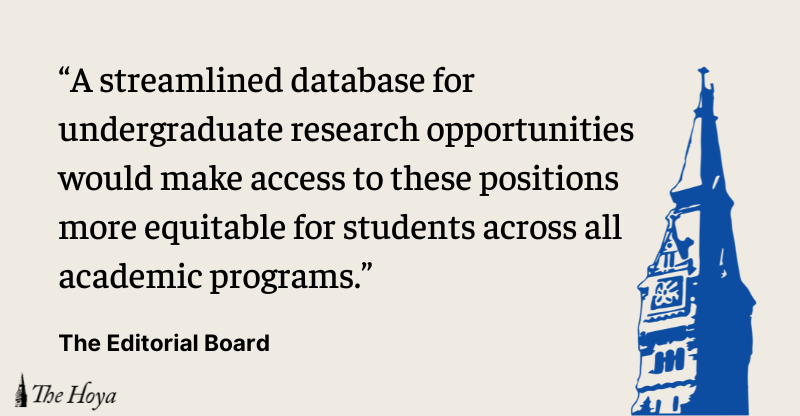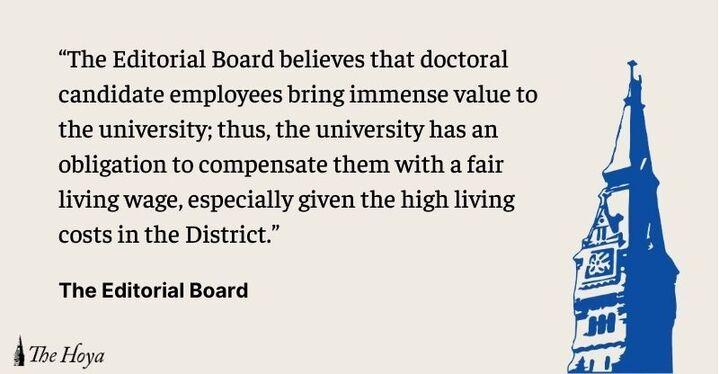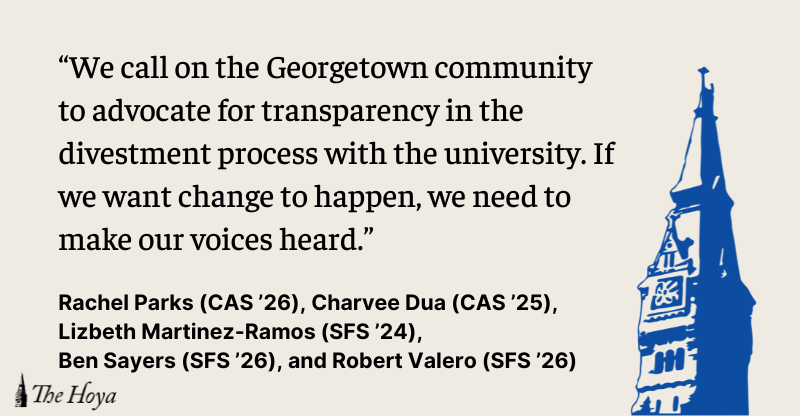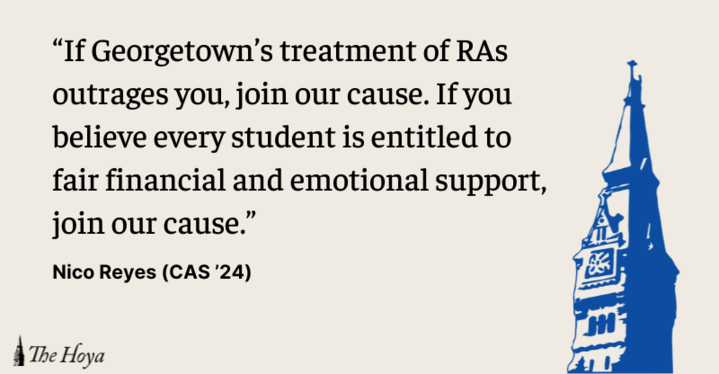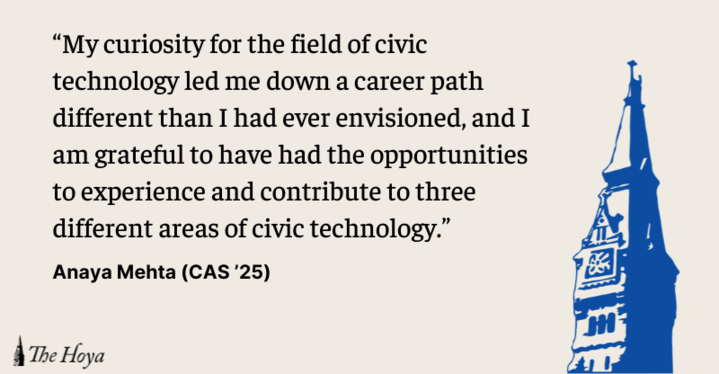With the academic year well under way, the 10 chimes of the Healy clock tower are no longer a friendly reminder for students to head to bed. For many, 10 p.m. marks an early end of long nights of reading, finishing (or starting) homework and studying for weekly Arabic quizzes. As the night creeps into the morning, the second floor of Lauinger Library remains packed with students.
With the new Healey Family Student Center closing at 1 a.m., students are left to head to Lau, Epicurean and Company or their residence halls for late-night studying. Particularly during midterms and finals, it becomes nearly impossible to find an open cubicle or table in buildings open to the general student body.
This begs the question: if all Georgetown students pay the same tuition, why are Regents Hall, St. Mary’s Hall and the Rafik B. Hariri Building only available to a certain subset of students, if at all, for late-night studying?
The university needs to revisit its nonsensical restrictions on Regents, St. Mary’s and the Hariri Building so that study space can be used in the most efficient way possible. By opening access to Regents Hall, home to a quiet row of booths and numerous study spaces, St. Mary’s, offering quiet classrooms and cubicles, and the Hariri building, one of the most popular study spaces on campus, with multiple floors of booths and breakout rooms, that often clear out after midnight, the administration can put a sizable dent in the problem of study space shortage.
Especially with the increased number of students living on campus as a result of the most recent campus plan, the university needs to revisit its restrictions on Regents Hall, St. Mary’s and the Hariri building.
Why many of these spaces restrict access after 10 p.m. is questionable, as few reasons can justify such policies. The issue is clearly not one of security; undergraduate students can enter and exit the buildings at their leisure, so long as they (or a friend) belong to the correct school or major. The idea that students within a school can have their own shared study space is attractive on paper, but falls flat when only two of the four schools (The McDonough School of Business and the School of Nursing and Health Studies) enjoy this privilege.
On an already small campus, 7,595 students vying for limited study spots — bonus if they happen to be within cord’s length of an outlet — is untenable.




